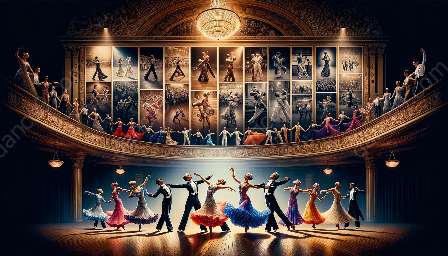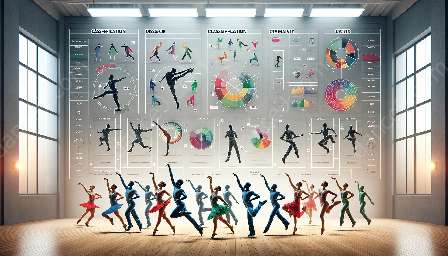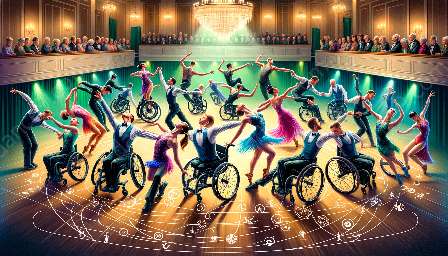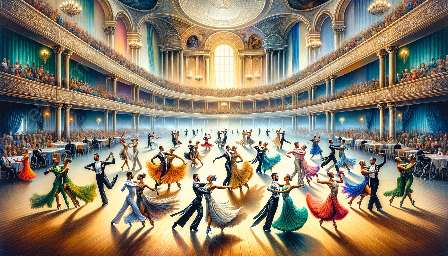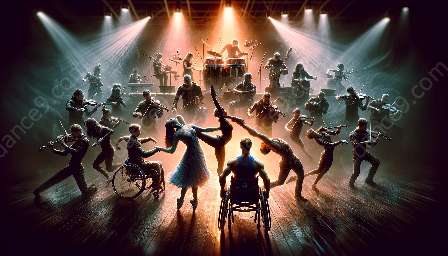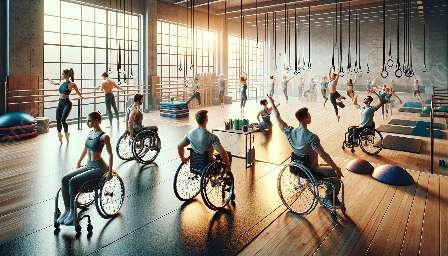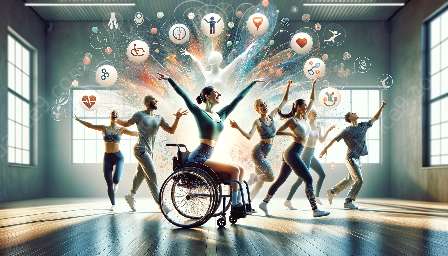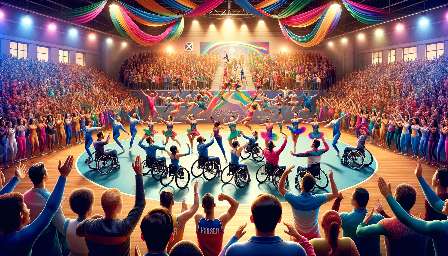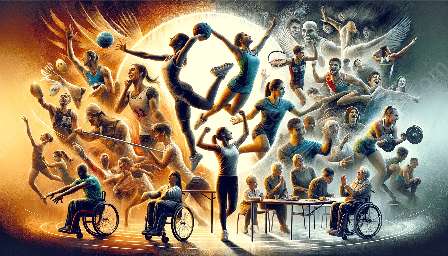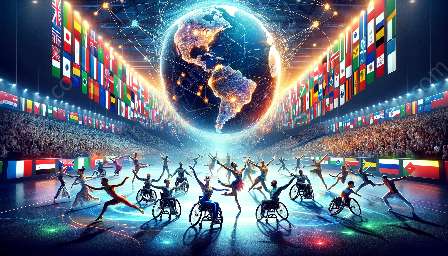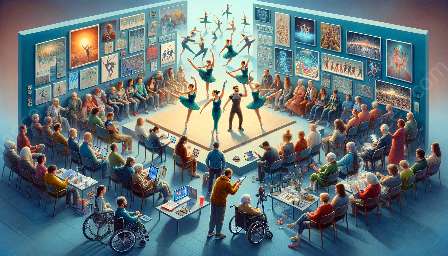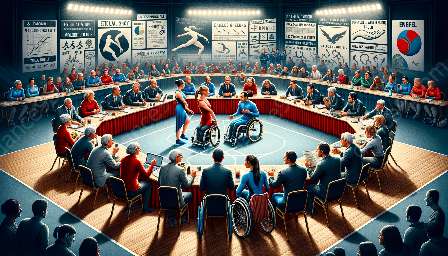Para dance sport is a discipline that provides individuals with physical disabilities the opportunity to dance and compete in a structured, inclusive environment. As the sport continues to grow in popularity, it is essential for universities to take an active role in raising global awareness about para dance sport. This not only contributes to the global expansion of para dance sport but also fosters inclusivity and diversity, which are core values in the athletic and academic communities.
Understanding Para Dance Sport
To effectively promote para dance sport at the global level, it is crucial to have a comprehensive understanding of the sport. Para dance sport includes various dance styles, such as Latin and ballroom, and is tailored to accommodate athletes with different types of physical impairments. Familiarizing the public with the rules, history, and benefits of para dance sport is a key aspect of building awareness and generating interest.
Creating Educational Initiatives
Universities can play a pivotal role in promoting para dance sport by incorporating it into their academic and extracurricular programs. This can involve offering courses or workshops that delve into the technical and cultural aspects of para dance sport. Additionally, universities can collaborate with para dance sport organizations to host conferences, seminars, and public demonstrations that shed light on the sport's significance and potential for global expansion.
Developing Collaborative Partnerships
Establishing partnerships with para dance sport governing bodies, disability advocacy groups, and international sports organizations serves as a powerful public relations strategy for universities. By aligning with respected entities in the realm of para dance sport, universities can leverage their reputation and expertise to amplify global awareness of the sport. These partnerships can lead to joint initiatives, research projects, and promotional campaigns that effectively highlight the transformative impact of para dance sport.
Leveraging Digital Platforms
With the widespread accessibility of digital media, universities can harness various online platforms to showcase para dance sport to a global audience. Creating engaging and informative content through websites, social media channels, and online events can captivate individuals from diverse backgrounds and geographical locations. Furthermore, universities can collaborate with para dance athletes, coaches, and enthusiasts to produce compelling multimedia content that captures the spirit and athleticism of the sport.
Promoting Global Engagement
Universities can organize international symposiums, intercollegiate competitions, and cultural exchanges that highlight para dance sport as a unifying force in global athletics. Engaging with scholars, athletes, and advocates from around the world facilitates cross-cultural learning and fosters a sense of shared purpose in promoting para dance sport. By facilitating meaningful dialogues and collaborative endeavors, universities can position themselves as catalysts for the global expansion of para dance sport.
Advocating for Inclusive Policies
Another critical aspect of public relations and promotional strategies for para dance sport involves advocating for inclusive policies within universities and academic institutions. This encompasses establishing accessible facilities, promoting diversity in sports programs, and facilitating the integration of para dance sport into official sporting events and competitions. By championing inclusivity at both the organizational and societal levels, universities can profoundly impact the perception and acceptance of para dance sport on a global scale.
Impact on World Para Dance Sport Championships
Efforts to raise global awareness about para dance sport directly contribute to the prestige and participation in the World Para Dance Sport Championships. By cultivating a larger and more diverse talent pool of para dance athletes through promotional strategies and educational initiatives, universities strengthen the competitive landscape of the championships. Additionally, universities can host qualifiers, training camps, and collaborative research projects that elevate the standards and visibility of para dance sport, thereby enhancing the overall appeal and significance of the World Para Dance Sport Championships.
Conclusion
By embracing public relations and promotional strategies, universities can serve as influential advocates for the global expansion of para dance sport. Through educational initiatives, collaborative partnerships, digital engagement, global promotion, and inclusive policies, universities can elevate para dance sport to new heights of recognition and appreciation worldwide. As the sport continues to flourish, the impact of universities in championing para dance sport as a symbol of inclusivity and athleticism cannot be understated.

